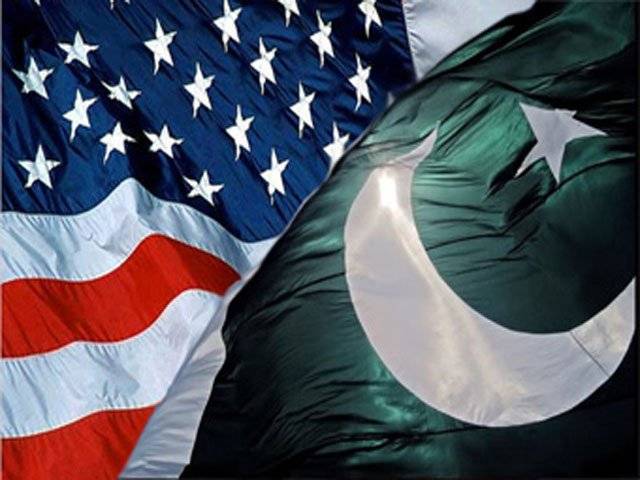In the wake of Osama bin Ladens death, the US needs a new way forward in Pakistan. The conventional wisdom says Washin gtons policy of engagement has been a failure, and argues for a return to the distrustful approach that dominated American policy during the early 2000s. This would be a serious mistake. In the decade after 9/11 the US has looked to the, Pakistans Inter-Services Intelligence to hunt Al-Qaeda. We paid the government of Pervez Musharraf handsomely, both to co-operate in the war on terror, but also the US need not deal with Pakistan directly. The policy let the US to believe Pakistan was on its side, with inevitable revelations of ISI. President Barack Obama changed this approach, by ending reliance on the ISI and charging the Central Intelligence Agency to go in on its own. This boosted the hunt for bin Laden, and saw the US kill more terrorists. But behind this military success lay greater diplomatic engagement, billions in aid and the promise of a long-run US commitment. The Kerry-Lugar-Berman aid bill, many rounds of dialogue and American help for flood victims all played a part. This was unfortunately a one-time policy. The CIA has killed bin Laden and embarrassed Pakistan. The US/Pakistan relationship is now collateral damage. The problem remains that both nations have starkly different interests. The US wants to leave Afghanistan, and end terrorist threats, but Pakistan wants parity with India and domination over Afghanistan. America can try to persuade them that their view of their interests are wrong, or compel them to abandon them, but currently neither is on the cards. The aid we do provide keeps Pakistans economy afloat, and secures co-operation here and there. But it is not large enough to influence basic strategic thinking. When the dust settles from the killing of bin Laden, we must therefore choose between a long-run strategy to change Pakistans behaviour with more aid, but also compelling retaliations or our old policy of paying for short-run co-operation. The policy is easier and cheaper, and if the mood in Washington is an indication, it now stands a good chance of becoming policy. The second, more difficult option is to offer more assistance, and a more strategic relationship, in exchange for a genuine agreement to change course. This would entail deeper diplomatic engagement, coupled with substantially more help both to civilians and the military. It would also mean agreeing to Pakistans wishes for access to European and American markets, while addressing their security needs in Afghanistan and more important, vis a vis India. The flipside of such an approach, however, would have to be the threat of punishing Pakistan. The international community would have to sign up to possible diplomatic and economic sanctions, just as we have done on Iran or Syria. The US and Europe can threaten future aid cuts, sanctions against Pakistan and openly taking Indias side in disputes. This second path would not be easy, but it at least offers the hope of avoiding the half measures of the past. We must also remember that, in the near future, Pakistans population will reach 350m, and its economy will be straining under the weight of burgeoning youth, weak infrastructure and dwindling resources. If we are worried about Pakistan today, we should also think about it tomorrow. The author is a professor of international politics at the Fletcher School at Tufts University, and served as senior State Department adviser on Afghanistan and Pakistan 2009-2011 Financial Times
Wednesday, April 17, 2024
America must hug Pakistan ever closer

Study finds climate change could shorten human lifespan by six months
4:42 PM | April 17, 2024
Tarar hopes May 9 cases will reach logical conclusion
4:36 PM | April 17, 2024
Rawalpindi court's Judge recuses from hearing May 9 cases against Sheikh Rasheed and PTI leaders
4:33 PM | April 17, 2024
Lightning, downpours kill 65 across Pakistan, as April rain doubles historical average
4:32 PM | April 17, 2024
Nawaz advised to separate government, PML-N party offices
3:49 PM | April 17, 2024
Rail Revival
April 17, 2024
Addressing Climate Change
April 17, 2024
Saudi Investment
April 17, 2024
Political Reconciliation
April 16, 2024
Pricing Pressures
April 16, 2024
Workforce inequality
April 17, 2024
New partnerships
April 17, 2024
Shikarpur crisis
April 17, 2024
Peace quest
April 17, 2024
Democratic harmony
April 16, 2024
ePaper - Nawaiwaqt
Advertisement
Nawaiwaqt Group | Copyright © 2024





